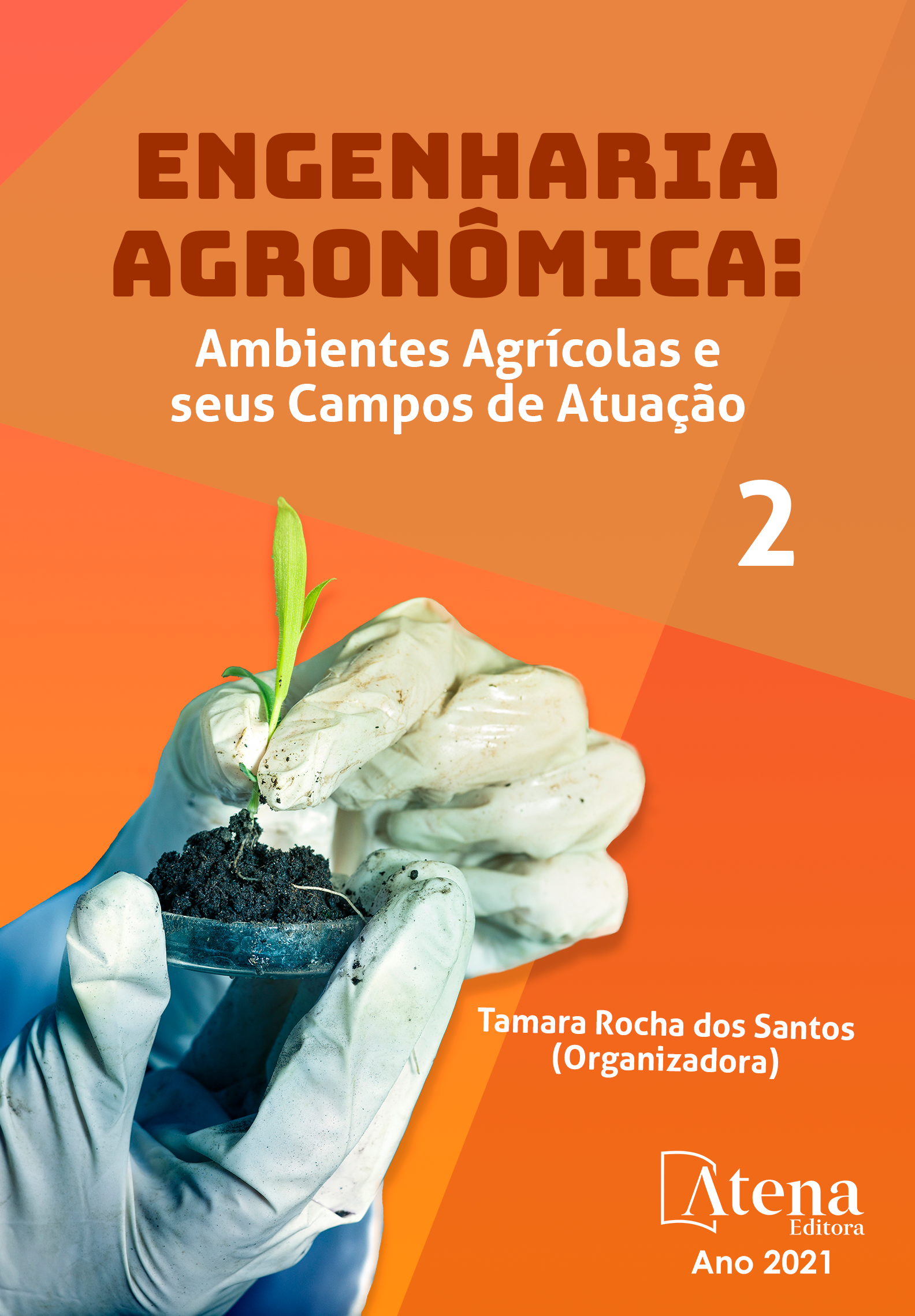
DESEMPENHO AGRONÔMICO DE CULTIVARES DE MILHO SAFRINHA EM GUAÍRA E VOTUPORANGA, ESTADO DE SÃO PAULO, EM 2019
As doenças do milho denominadas enfezamentos/viroses têm causado prejuízos expressivos nos cultivos de milho, em particular nas regiões quentes onde a cultura é cultivada em mais de uma safra ao ano. Estas doenças podem reduzir em até 70% a produção de grãos da planta doente, comparada à planta sadia, em cultivar susceptível às doenças. O presente trabalho visa continuar as avaliações agronômicas e de resistência ao complexo enfezamento/mosaico das cultivares de milho disponíveis no mercado, incluindo os novos lançamentos. Nos últimos três anos agravaram-se o complexo dessa doença na região Noroeste do estado de São Paulo, nesse sentido foram instalados dois experimentos, um em Votuporanga SP e outro em Guaira SP. As avaliações da incidência de enfezamento foram realizadas no estádio de grãos pastosos a farináceos. Os resultados foram submetidos à análise de variância e as médias agrupadas pelo teste Scott-Knott a 5% de probabilidade. Em Guaíra a média de plantas com sintomas de enfezamentos e viroses foi próxima a 25% com alguns cultivares apresentando valores superiores a 40% de plantas sintomáticas, enquanto em Votuporanga o nível de enfezamento e viroses foi similar aos observados no ensaio de Guaíra com valores em torno de 25% de plantas com sintomas.
As cultivares NS 90 PRO2 e 2A401 PW obtiveram maior produtividade nos dois ambientes e NS 90 PRO2, JM 2M88, GNZ 7210 PRO2, AG 7098 PRO2, 2A401 PW e 3754 PWU apresentaram a menor proporção de plantas com sintomas de enfezamento e viroses.
DESEMPENHO AGRONÔMICO DE CULTIVARES DE MILHO SAFRINHA EM GUAÍRA E VOTUPORANGA, ESTADO DE SÃO PAULO, EM 2019
-
DOI: 10.22533/at.ed.45921040510
-
Palavras-chave: Zea mays L, enfezamento e viroses, cultivares, resistência
-
Keywords: Zea mays L ,grain productivity, stunting and viruses, cultivars, resistance
-
Abstract:
Corn diseases called stunts and virus have caused significant losses in corn crops, particularly in hot regions where the crop is grown in more than one crop a year. These diseases can reduce the grain production of the sick plant by up to 70%, compared to the healthy plant, in a cultivar susceptible to diseases. The present work aims to continue the agronomic and resistance evaluations to the complex stinking / mosaic of the corn cultivars available on the market, including the new launches. In the last three years, the complex of this disease has worsened in the Northwest region of the São Paulo state. In this sense, two experiments were installed, one in Votuporanga and the other in Guaira, both in São Paulo state. Assessments of the incidence of stunting were carried out at the stage of grains from dough to flour. The results were submitted to analysis of variance and the means grouped by the Scott-Knott test at 5% probability. In the Guaíra trial, the average of plants with symptoms of stunting and viruses was close to 25% with some cultivars showing values above 40% of symptomatic plants, while in the Votuporanga trial the level of stunting and viruses was similar to those observed in the Guaíra trial with values around 25% of plants with symptoms. The cultivars NS 90 PRO2 and 2A401 PW had higher productivity in both environments and NS 90 PRO2, JM 2M88, GNZ 7210 PRO2, AG 7098 PRO2, 2A401 PW and 3754 PWU showed the lowest proportion of plants with symptoms of stunting and viruses.
-
Número de páginas: 9
- Ivana Marino Bárbaro-Torneli
- Elaine Cristine Piffer Gonçalves
- Anita Schmidek
- José Antonio Alberto Da Silva
- Marcelo Henrique De Faria
- Marcelo Ticelli
- Fernando Bergantini Miguel


